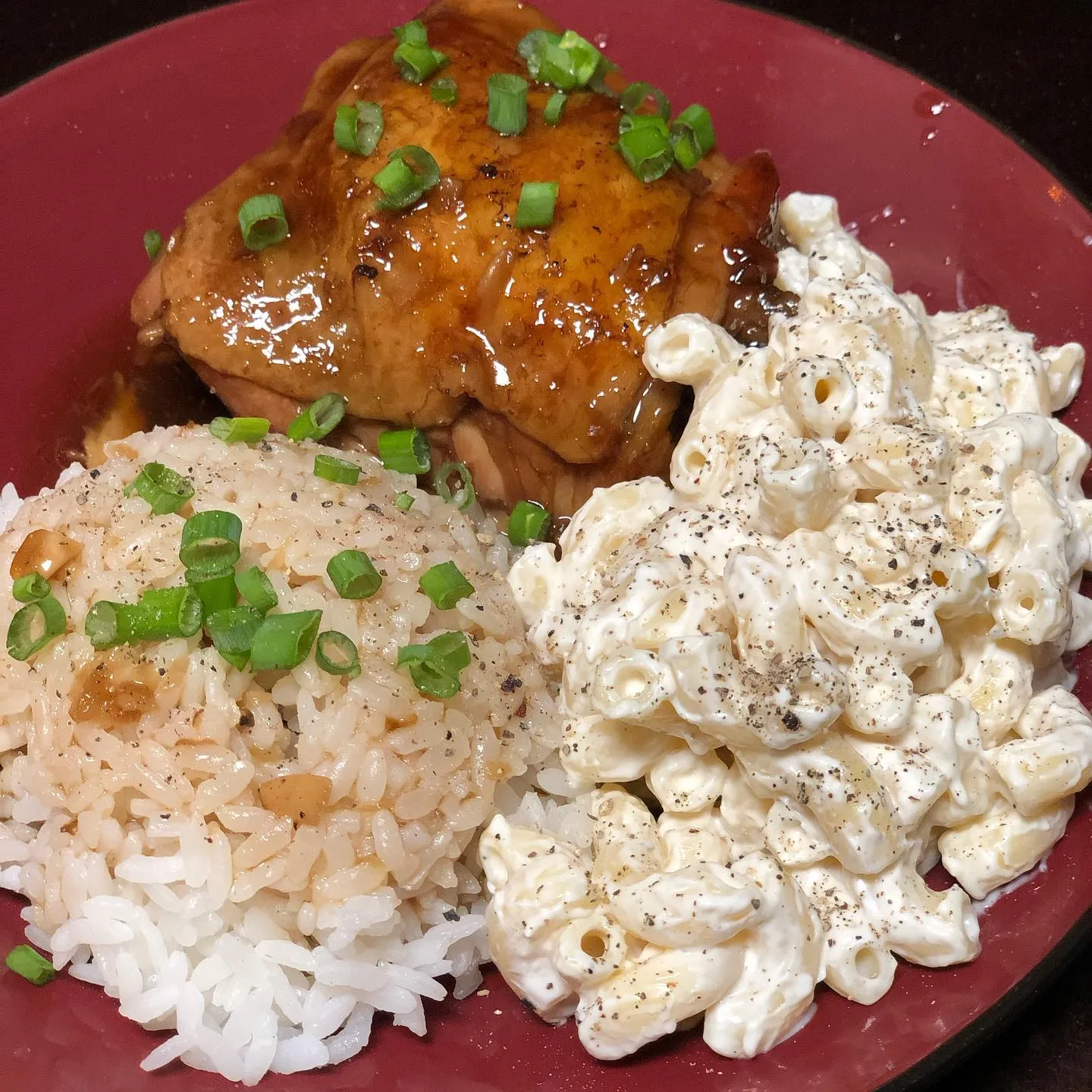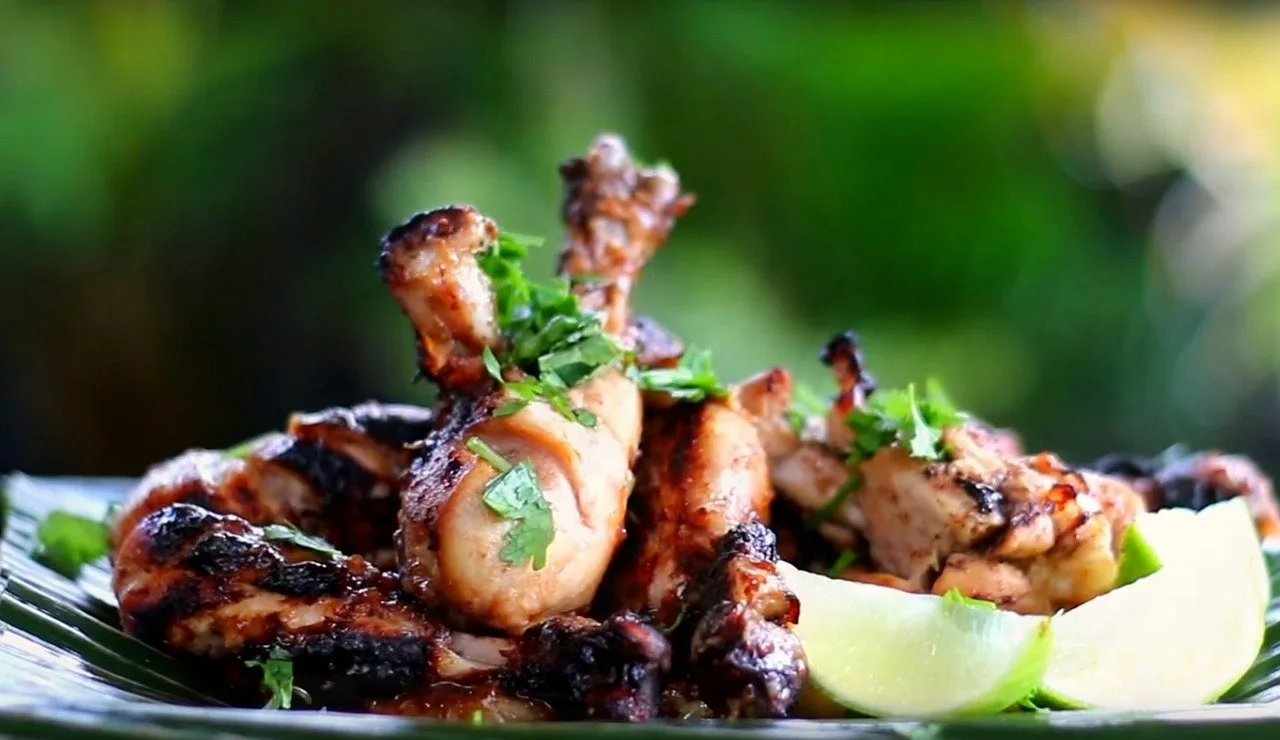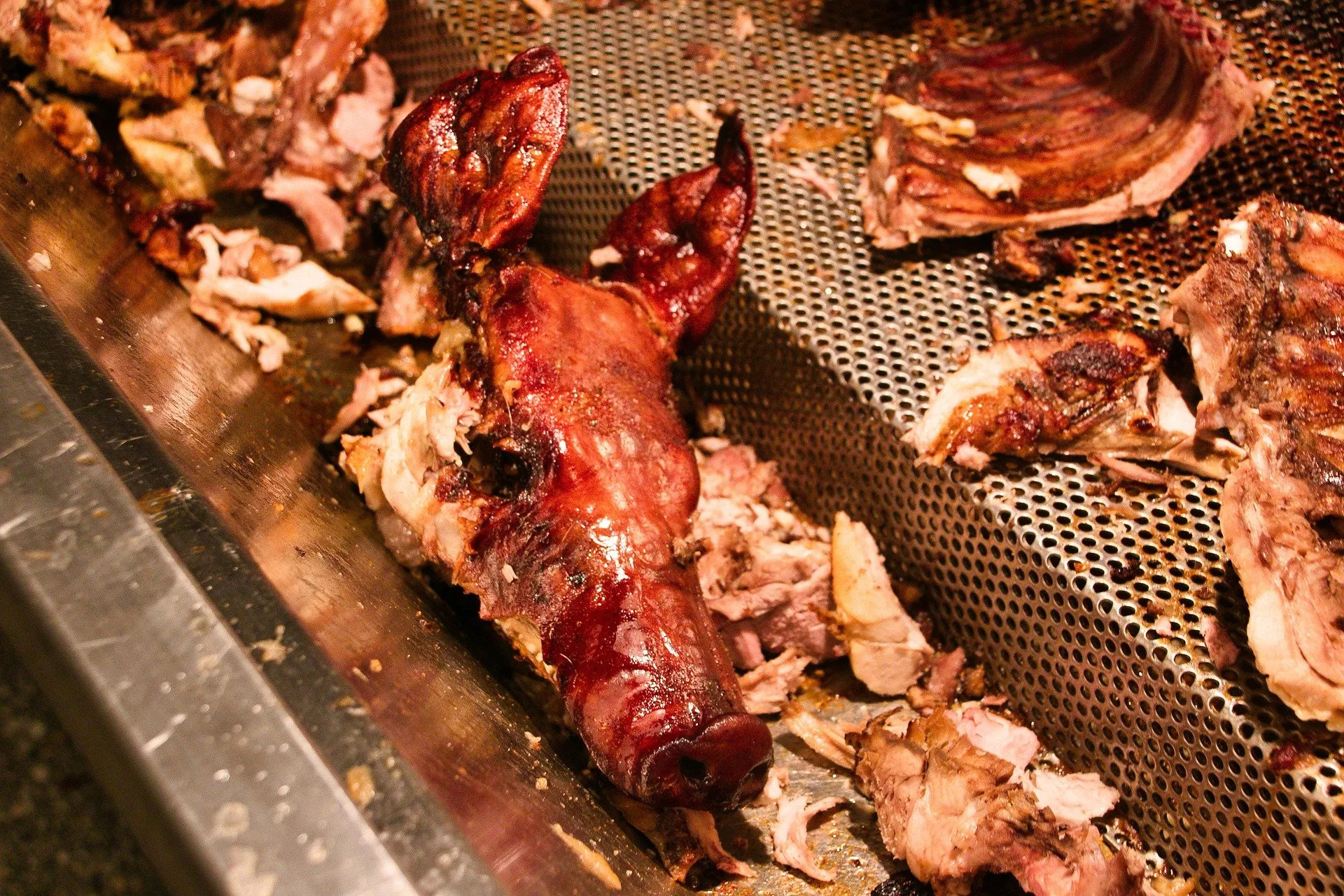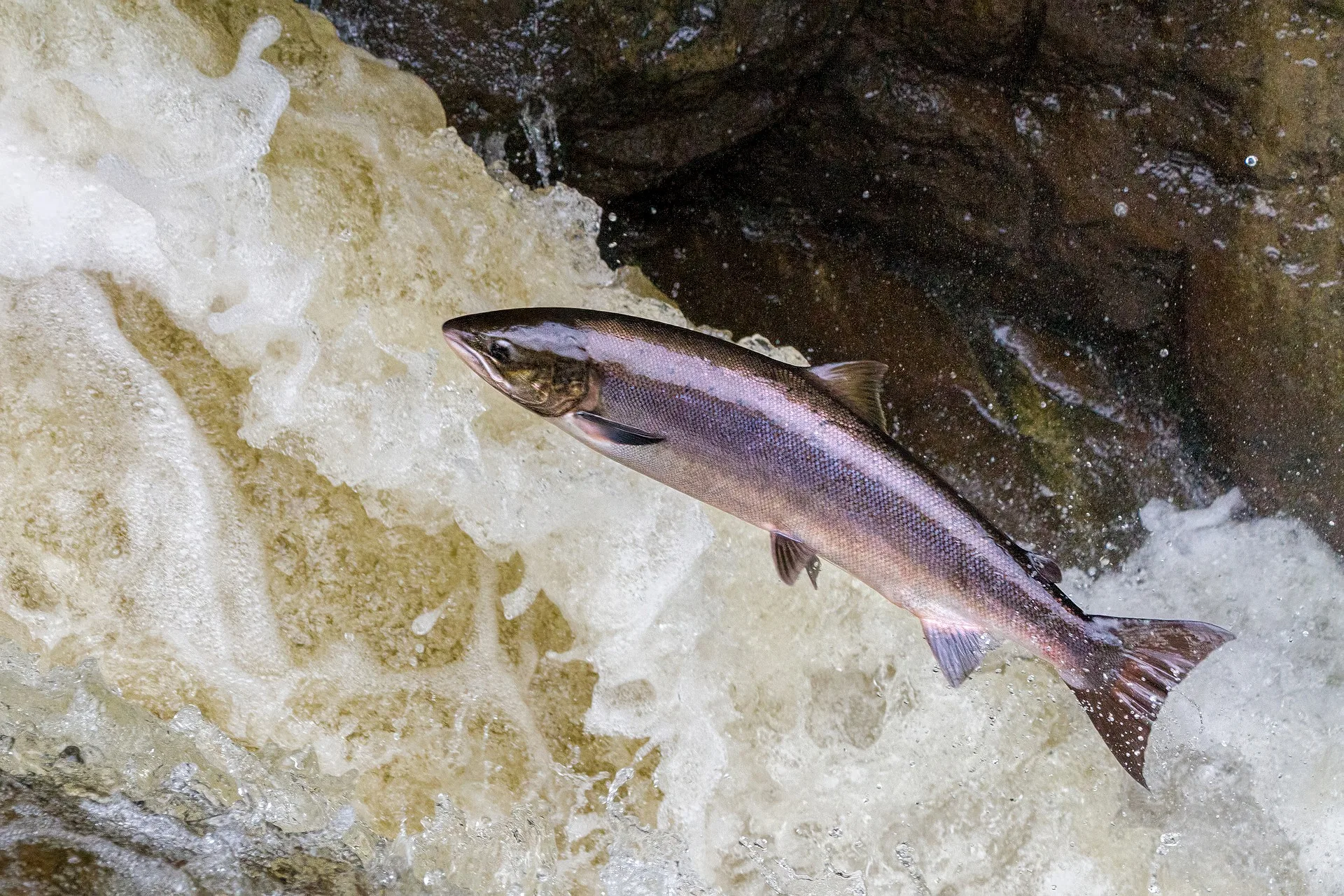Hawaii favorite dishes at home

Trying traditional Hawaii foods while on a Hawaii vacation is a crucial part of experiencing Hawaii’s unique blend of cultures and their cuisines. Here on the blog and especially Aloha Bruce’s Hawaii Vacation Connection Podcast, HAT has always encouraged visitors to seek out local “plate lunch” places and poke bowls (fresh, raw fish). And there are countless other quintessentially “Hawaii” dishes to discover while you’re here.
The wonderful thing about “Hawaii” food (not all “Hawaii” food is Hawaiian food) is that most of it is simple enough to make in your own kitchen at home when you return from your vacation. We’ll not bother rattling off recipes or cooking techniques. We’ll just talk about a few of our favorites, the kinds of dishes Hawaii transplants on the mainland might make when they’re missing the food they remember from “small kid times”.
There are no rules for these dishes, and recipes vary by zip code and from family to family. They all share the same main ingredients, but each is tweaked to be unique and generally involves at least one “secret ingredient.”

First up: shoyu chicken. Usually made with bone-in chicken thighs, shoyu chicken is fall-off-the-bone tender. Soy sauce (shoyu) is the base for the sauce. Most recipes involve varying amounts of ginger, garlic, and green onions. Some might add some brown sugar. Others will opt for toasted sesame seeds. Still others are jealously kept family secrets. The point is, shoyu chicken is easy (and relatively quick) to make, and to make with a big dash of authenticity. It can be baked or simmered.
Next: kalua pig. Kalua pig is an actual traditional Hawaiian food, prepared in an imu, a pit dug into the ground and filled with lava rocks, and banana and tea leaves to steam the meat over many hours. It’s a major undertaking to prepare a traditional kalua pig. But to make it at home, all you really need is a pork butt, a decent crock pot or Dutch oven, some liquid smoke, rock salt (preferably, but kosher salt will do, too), and garlic. It takes time, a few hours, but it doesn’t require an excavator or access to plants that grow in Hawaii.

And finally: lomi lomi salmon. “Lomi lomi” means “massage” in Hawaiian. It’s actually an important discipline in the Hawaiian healing arts tradition. The dish is basically diced salmon mixed with salt, tomatoes, and onions. It’s considered “Hawaiian food”, although we don’t have salmon in Hawaiian waters. The dish is believed to have been created by native Hawaiian sailors working the fishing fleets of the Pacific Northwest in the 19th Century, hungry for the taste of home (raw fish). Salmon was also introduced by sailors arriving in Hawaii. Its closest culinary relative would be ceviche.

Recipes for these Hawaii favorites are available all over the internet. So, if you enjoyed any (or hopefully all!) of them during your Hawaii vacation, you can recreate that taste in the comfort of your home kitchen. We’ll recommend, however, calling your friends in Hawaii and asking how they prepare their favorite Hawaii dishes. Unless it’s a secret family recipe, they’ll likely be happy to help.